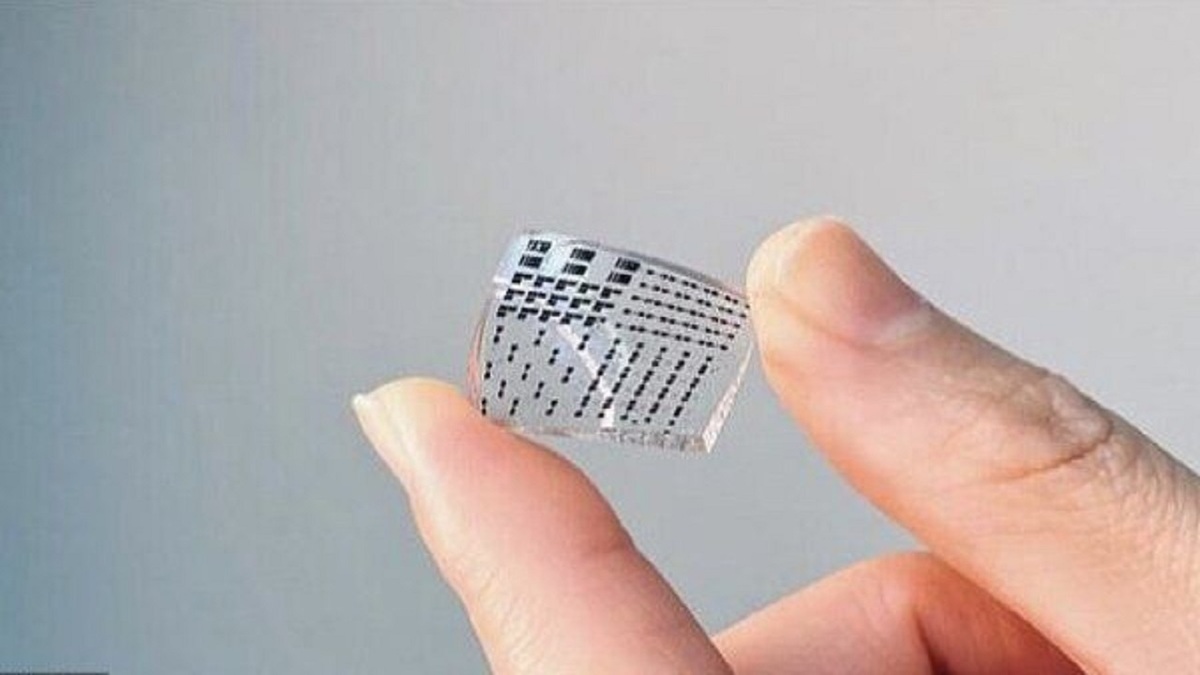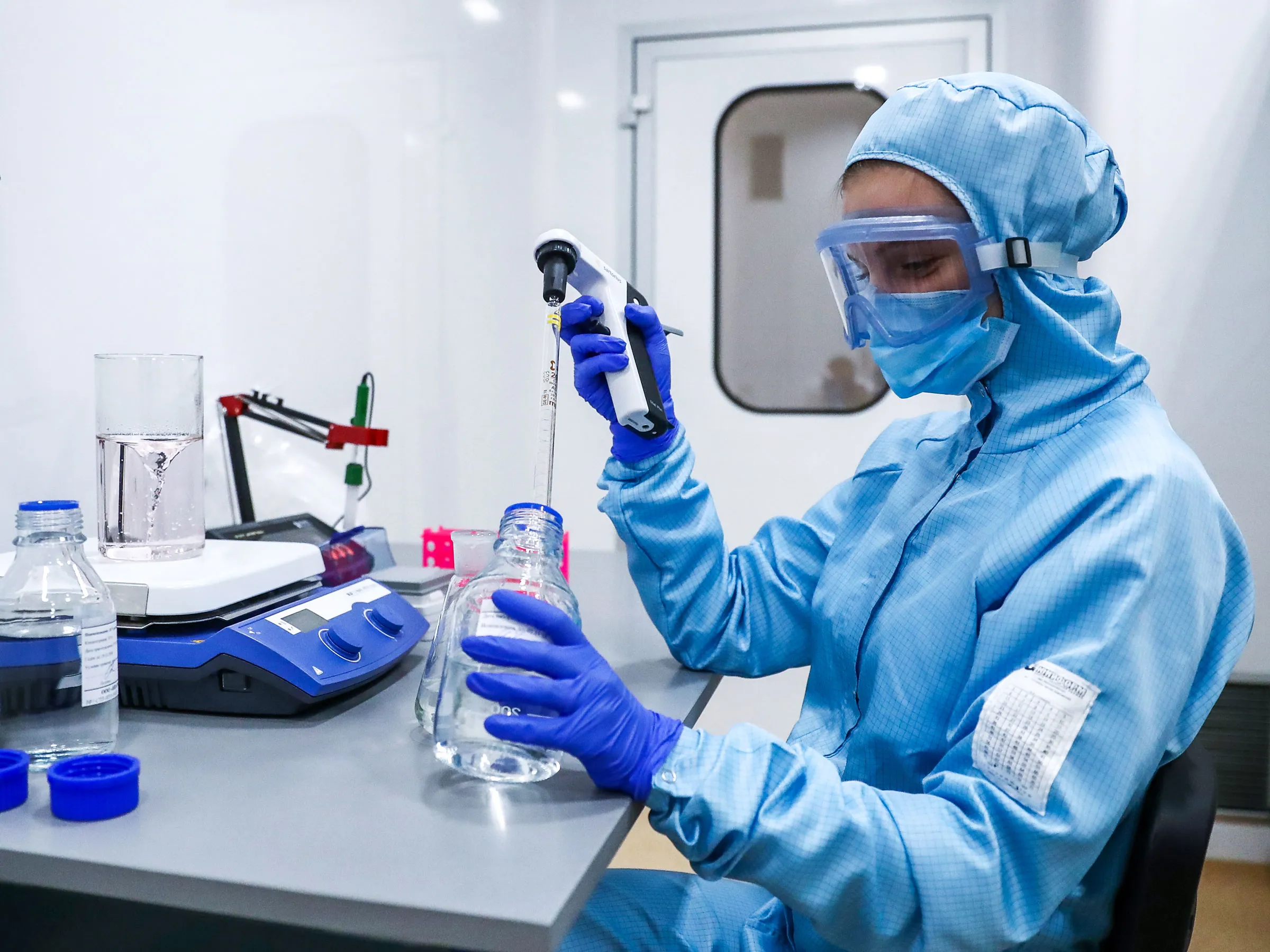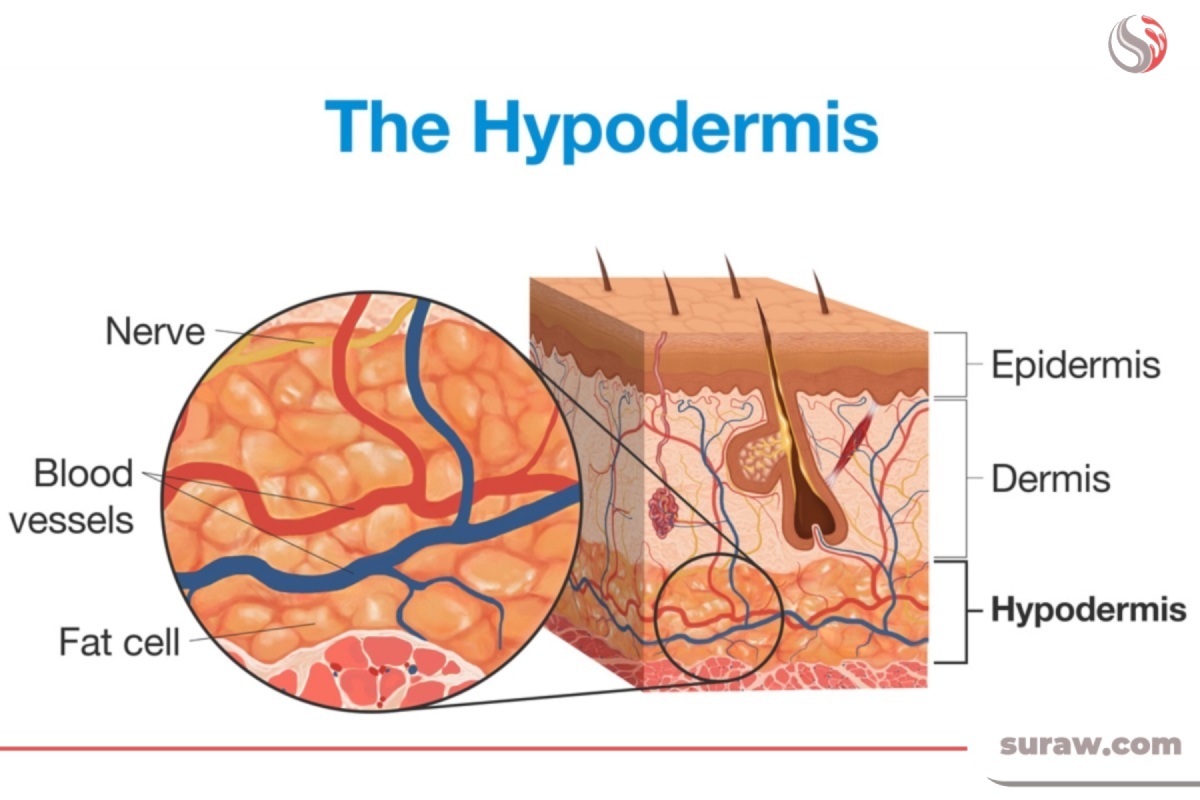The creation of vascularized skin is one of the most advanced areas in tissue engineering, with applications ranging from severe wound healing to drug testing. This article reviews the latest findings in this field:
Fundamental challenges in creating vascularized artificial skin
One of the biggest challenges in this technology is providing vascular systems to transport nutrients and remove waste products. This is essential to create 3D skin that can function similarly to natural skin. In many existing models, the lack of a vascular system has limited these skins for long-term use.

Advanced methods for creating vascularized skin
- 3D Bioprinting: This method allows for the precise fabrication of vascular networks in artificial skin. Researchers have succeeded in producing skin with vascular systems similar to those of natural skin using bioprinting. These networks have enhanced cellular nutrition and improved skin survival in vitro.
- Skin-on-a-Chip: This new technology, combining bioprinting and microfluidics, allows for the simulation of natural skin function. These models are useful for testing drugs and studying skin diseases.
- Cultivation systems with bioreactors: Bioreactors allow for precise control of environmental conditions and the nutrition of artificial skin. Newer models of bioreactors with advanced designs, such as special orientation to prevent air entrapment, have provided better results in the production of artificial skin.

Applications and future research
- Drug testing: Vascularized artificial skin is used as a suitable model for testing the effects of various drugs, including anti-inflammatory and anti-cancer drugs.
- Treatment of skin diseases: Advanced artificial skin models are used to simulate and study diseases such as cutaneous fibrosis and evaluate therapeutic effects.
- Healing wounds and burns: This technology helps patients with severe burns or chronic wounds recover faster.
Future outlook
Advances in tissue engineering, including the integration of artificial intelligence to optimize the design of structures and the use of advanced biomaterials, could pave the way for more efficient artificial skin. Research into combining vascular networks with lymphatic systems in new models also holds promise for the development of more realistic skin.
The sources for this article are based on the latest research in this field, which you can refer to for more details in articles in Biomaterials Science and Annals of the Rheumatic Diseases.

